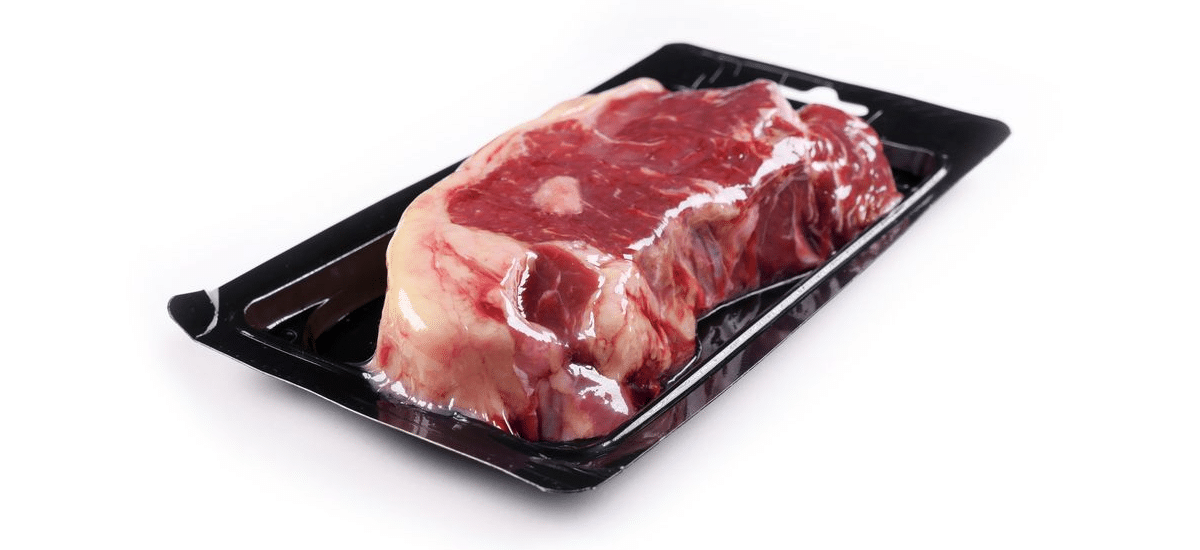
Sustainable Packaging in Australia - Explained
Sustainable plastic packaging – and all the explanations and jargon that come with it – can be mystifying.
This is partly because it’s a new frontier, with many in the packaging industry just beginning to move into this space, and partly because there’s a lot of complex and conflicting information available.
To put it simply, there are four main ways packaging in Australia can be considered sustainable – it can be reusable, recyclable, biodegradable, or compostable.
Let’s break down each of these terms to discover what they mean.
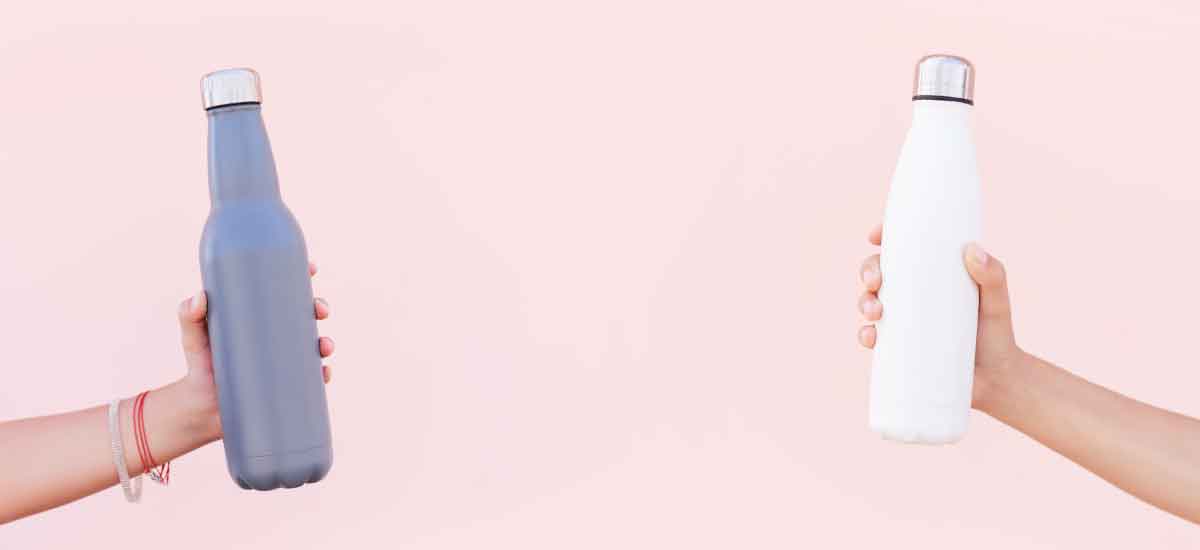
Reusable
This is the simplest, and arguably the best type of sustainable packaging.
It means it’s a product that can be reused, ideally without end.
An example would be refillable bottles or containers. These are great because – not only do they retain all their usefulness and not end up in the rubbish – they also don’t require the energy and labour needed to recycle packaging.
Obviously, particularly in the food industry, reusable packaging isn’t a great solution for a lot of products. Particularly ones that may dirty or contaminate the packaging they are in, such as meat
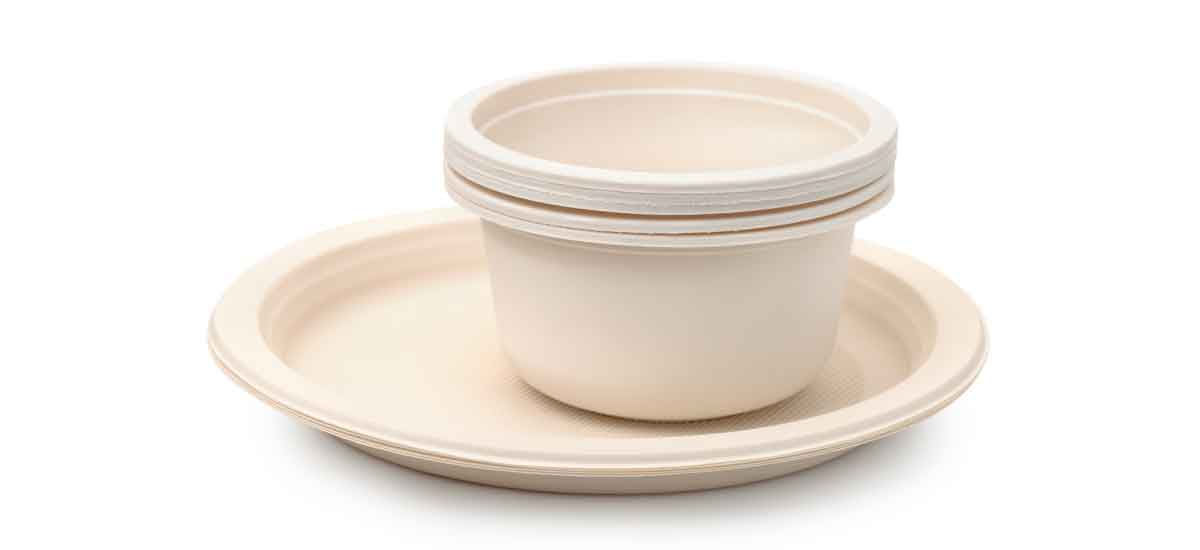
Biodegradable
Packaging which is labelled as ‘biodegradable’ has the greatest potential to be misleading. This is because there isn’t an established standard, or even really a clear definition of what is or isn’t biodegradable.
Biodegradability just describes material that will break down into base components over time, that can then be reabsorbed into the ecosystem.
The problem is all materials do this eventually. However, it makes a major difference to the environment if this takes a couple of weeks like organic matter such as fruit or vegetables, or 100 years like a typical plastic bag.
The buyer’s expectation with biodegradable plastic is usually that it can be sent to landfill without guilt, as it will decompose. However, without a set standard of biodegradation, this could take years upon years, and still be labelled as technically ‘biodegradable’. Landfill conditions such as lack of sunlight, can often slow down the degradation process significantly.
In Australia, the nominal standard is that 90% of a product must break down within 3-6 months for it to be considered truly biodegradable. But this is an optional requirement, without a law enforcing it use. People can still legally claim their product is biodegradable even if its rate of decomposition is far slower than this.
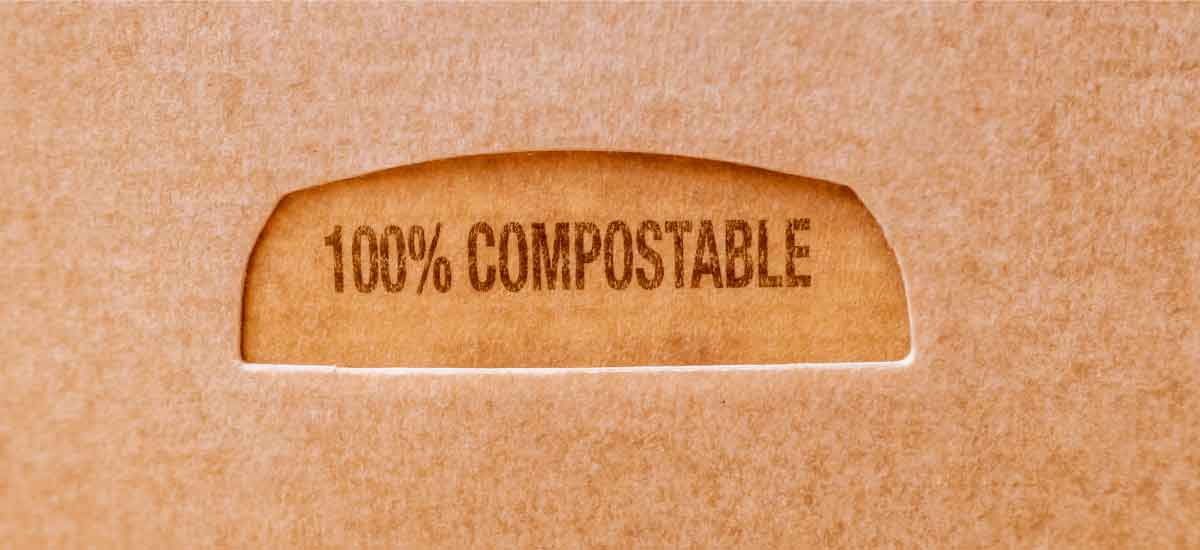
Compostable
Compostable packaging is basically biodegradable packaging that is held to far more rigid standards. It must biodegrade within a set time limits under certain conditions.
For packaging to be certified as compostable, it must be shown to biodegrade quickly in either a home compost unit, or an industrial composter.
To be home compostable, the product must be capable of decomposing in a home compost bin to the standard set by AS 5810-2010. To be industrially compostable, it need only to break down in an industrial composter – which has far more heat and micro-organisms to speed the progress. This means it’s a more lenient standard then than home compostable one.
The problem with compostable packaging – particularly at the industrial level – is that it can be difficult to ensure that viable packaging ends up being composted, particularly if it is collected at kerbside. And if this material still ends up in landfill instead of the favourable conditions of an industrial composter, there is no guarantee it will decompose as intended.
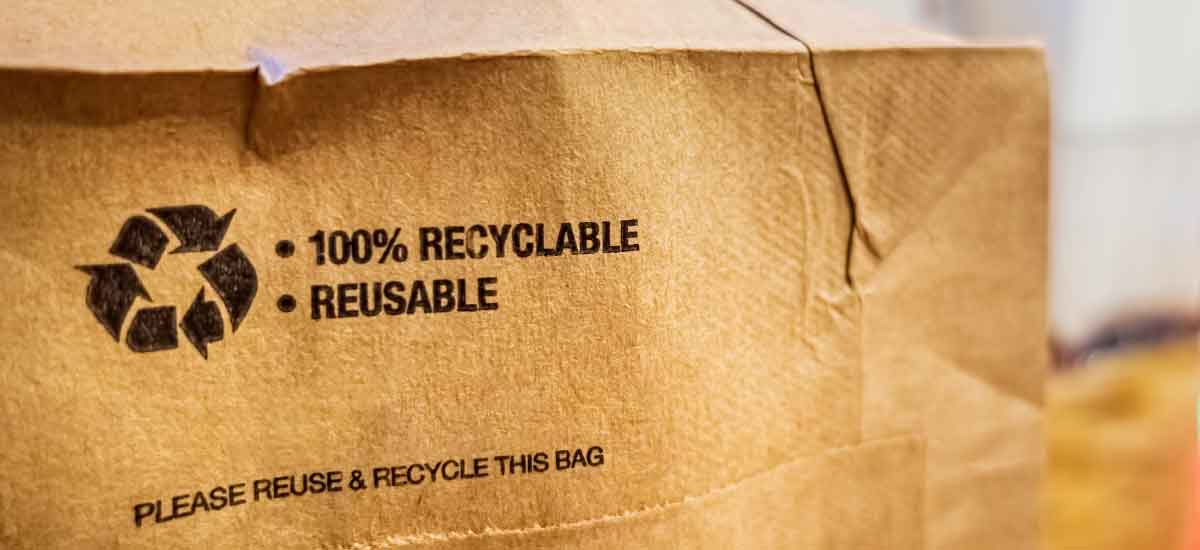
Recyclable
Recyclable packaging is a more complex issue than the other types of sustainable packaging. There are two main types of recycling – chemical and mechanical.
Chemical recycling is arguably the future of effective global recycling. It uses chemicals to break down waste like plastic into its base materials by splitting polymer chains. This means you end up with primary materials like crude oil from plastic waste, which can easily be reused. We do not currently have the infrastructure to do much of this type of recycling in Australia.
Mechanical recycling is by far the more common. It involves crushing then melting down the plastic waste into a granular mix which can be moulded into new plastic products.
Plastic packaging in Australia is divided into two streams made up of the most common plastic types –polyethylene (PE) or polypropylene (PP) plastics. This is so the PCR (post-consumer recycled) plastic created by mechanical recycling is mostly made from one of these two materials. Keeping the granules as pure as possible means it will have more uses, and can be created into more complex products.
However, because this material usually still contains a certain level of contaminants, even when sorted, there is a limited number of items it can be used for. This is especially true in Australia, where the demand for post-consumer recycled content is not very high.
Furthermore, a lot of the more complex packaging used in industries like the food and beverage sector uses layers of several different types of plastic, to provide different types of protection. Mechanical recycling is unable to use this material. Any flexible (or scrunchable material) cannot be recycled either, as it will not go through the sorting machines.
In Australia a mix of these four approaches is used by companies looking to make their packaging more sustainable. This tends to create customer confusion about what these different terms mean. This is not helped by the often-misleading information and marketing found in the industry.
When searching for a genuinely sustainable option for your packaging, the best approach is to make sure you are well informed about the pros and cons of different types of sustainable packaging, and what would best suit your needs and those of your customer.
Make sure any claims you or your supplier makes about their packaging is backed up with evidence such as Australian certifications. Its important to become more sustainable, but it’s even more important to make sure you do it the right way for you and your consumers.
Equipping the food industry to grow with food processing and packaging solutions
call 1300 88 99 51
email [email protected]
room 35 Shirley Way, Epping VIC 3076
room 9 Mcilwraith St, Wetherill Park NSW 2164
room 21 Hoyle Rd, Hope Valley WA 6165
room 27 Beal Street, Meadowbrook QLD 4131
room 7 Chadderton Bvd, Epping VIC 3076
room 22 Glassford Rd, Kewdale WA 6105
room 25 Hayton Road, Wigram, Christchurch 8042, NZ
Connect with us on LinkedIn
